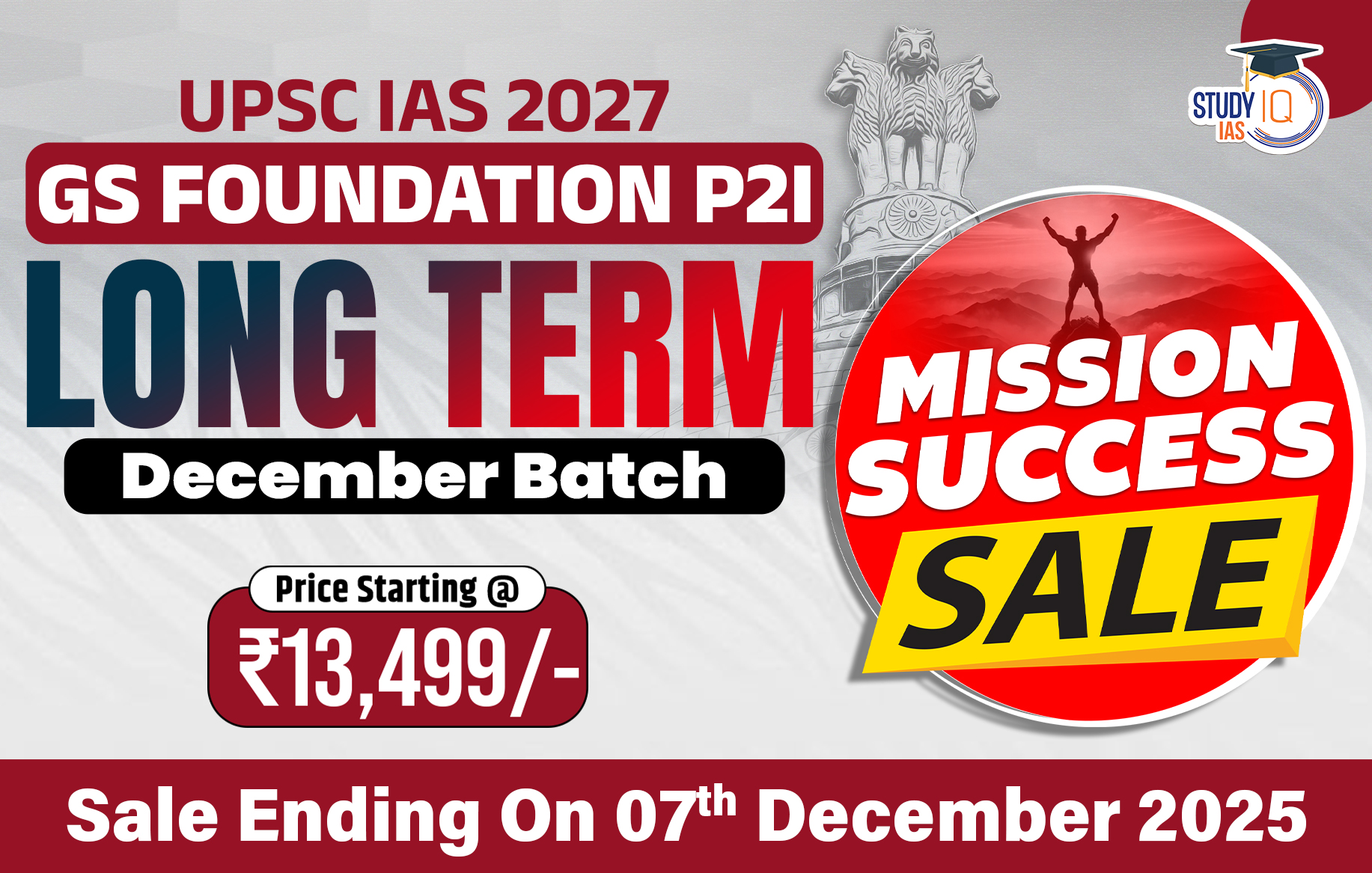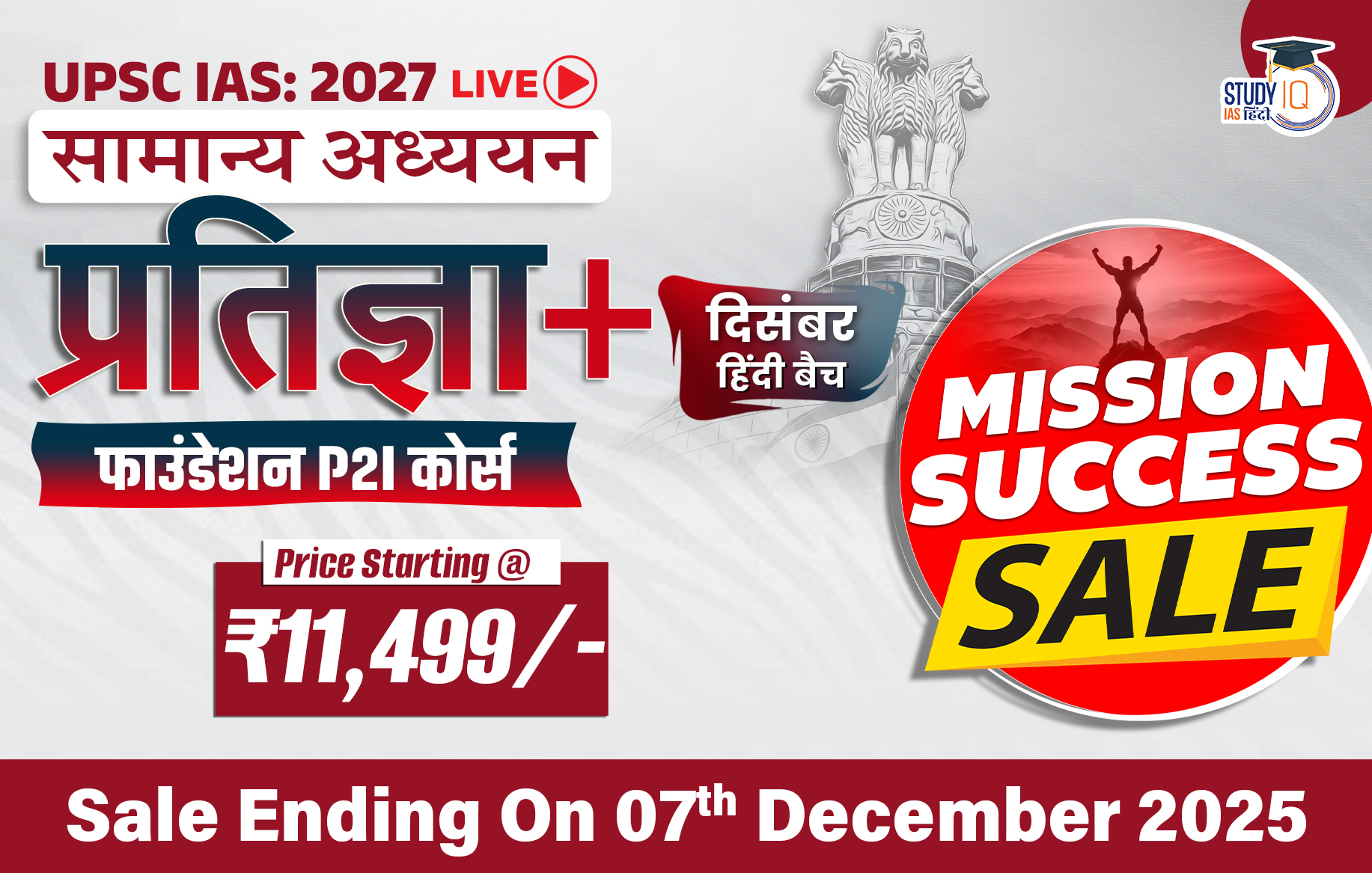Daily Quiz 12 June 2024
Quiz-summary
0 of 5 questions completed
Questions:
- 1
- 2
- 3
- 4
- 5
Information
- Click on – ‘Start Quiz’ button
- Solve Questions
- Click on ‘Next’ button
- Click on ‘Finish Quiz’ button
- Now click on ‘View Questions’ button – here you will see solutions and links.
- The test contains a total of 5 questions.
- Click on the most appropriate option to mark it as your answer.
- You will be awarded Two marks for each correct answer.
- You can change your answer by clicking on some other option.
- A Number list of all questions appears at the top side of the screen.
- You can access the questions in any order by clicking on the question number given on the number list.
- You can use rough sheets while taking the test.
- Do not use calculators, log tables, dictionaries, or any other printed/online reference material during the test.
- Do not click the button “Finish Quiz” before completing the test. A test once submitted cannot be resumed.
You have already completed the quiz before. Hence you can not start it again.
Quiz is loading...
You must sign in or sign up to start the quiz.
You have to finish following quiz, to start this quiz:
- 1
- 2
- 3
- 4
- 5
- Answered
- Review
-
Question 1 of 5
1. Question
1 pointsConsider the following statements:
- Decisions made by the Monetary Policy Committee are not mandatory for the Reserve Bank of India to follow.
- Decisions in any meeting of the Monetary Policy Committee are made based on the majority votes of the members who are present and voting.
- The Governor of the RBI casts a vote only when there is a tie in voting.
How many statements given above are correct?
Correct
Answer: A
Explanation:
● Statement 1 is Incorrect: The Monetary Policy Committee (MPC) was established as per the provisions of Section 45ZB of the amended RBI Act, 1934, by the central government in 2016.
○ Its key purpose, as specified in the Act, is to decide the policy rate necessary for maintaining targeted inflation levels.
○ Decisions made by the MPC are mandatory for the Reserve Bank of India to follow.
○ The MPC consists of six members,
■ RBI Governor serving as the ex-officio chairperson.
■ Deputy Governor responsible for monetary policy,
■ RBI officer nominated by the Central Board, and three experts appointed by the central government.
● These experts are selected based on their expertise and experience in economics, banking, finance, or monetary policy and are known for their integrity and capability.
● Statement 2 is Correct: The RBI must hold at least four Monetary Policy Committee meetings annually.
○ A quorum for the meetings requires at least four members, including the Governor or, in his absence, a Deputy Governor who is a committee member.
○ The Governor, or in his absence a Deputy Governor who is on the committee, will chair the meetings.
○ All questions which come up before any meeting of the Monetary Policy Committee shall be decided by a majority of votes by the Members present and voting.
● Statement 3 is Incorrect: Each committee member is entitled to one vote.
○ Each Member of the Monetary Policy Committee has one vote and in the event of an equality of votes, the Governor shall have a second or casting vote.Incorrect
Answer: A
Explanation:
● Statement 1 is Incorrect: The Monetary Policy Committee (MPC) was established as per the provisions of Section 45ZB of the amended RBI Act, 1934, by the central government in 2016.
○ Its key purpose, as specified in the Act, is to decide the policy rate necessary for maintaining targeted inflation levels.
○ Decisions made by the MPC are mandatory for the Reserve Bank of India to follow.
○ The MPC consists of six members,
■ RBI Governor serving as the ex-officio chairperson.
■ Deputy Governor responsible for monetary policy,
■ RBI officer nominated by the Central Board, and three experts appointed by the central government.
● These experts are selected based on their expertise and experience in economics, banking, finance, or monetary policy and are known for their integrity and capability.
● Statement 2 is Correct: The RBI must hold at least four Monetary Policy Committee meetings annually.
○ A quorum for the meetings requires at least four members, including the Governor or, in his absence, a Deputy Governor who is a committee member.
○ The Governor, or in his absence a Deputy Governor who is on the committee, will chair the meetings.
○ All questions which come up before any meeting of the Monetary Policy Committee shall be decided by a majority of votes by the Members present and voting.
● Statement 3 is Incorrect: Each committee member is entitled to one vote.
○ Each Member of the Monetary Policy Committee has one vote and in the event of an equality of votes, the Governor shall have a second or casting vote. -
Question 2 of 5
2. Question
1 pointsQ7. With reference to Organization of the Petroleum Exporting Countries (OPEC), consider the following statements:
- OPEC is a permanent intergovernmental organization of 13 oil-exporting developing nations.
- Top 3 producers of the oil in the world are the members of OPEC+
How many statements given above are correct?
Correct
Answer: D
Explanation:
- Statement 1 is incorrect: OPEC was founded in 1960, created by Baghdad conference
- Founding Members: Iran, Iraq, Kuwait, Saudi Arabia, and Venezuela in response to oil companies’ dominance.
- Aim: Coordinating petroleum policies and securing fair and stable prices.
- Its headquarter is in Vienna, Austria.
- OPEC is a permanent intergovernmental organization of 12 oil-exporting developing nations.
- 12 Members: Algeria, Congo, Gabon, Iran, Iraq, Kuwait, Libya, Nigeria, United Arab Emirates, Venezuela, Saudi Arabia, and Equatorial Guinea.
- Angola: Became an OPEC member in 2007 and withdrew its membership effective January 1, 2024.
- Statement 2 is incorrect: The top 10 oil producers and share of total world oil production in 2023.
- 12 Members: Algeria, Congo, Gabon, Iran, Iraq, Kuwait, Libya, Nigeria, United Arab Emirates, Venezuela, Saudi Arabia, and Equatorial Guinea.
Country Million barrels per day Share of world total United States 21.91 22% Saudi Arabia 11.13 11% Russia 10.75 11% Canada 5.76 6% China 5.26 5% Iraq 4.42 4% Brazil 4.28 4% United Arab Emirates 4.16 4% Iran 3.99 4% Kuwait 2.91 3% Total top 10 74.59 73% World total 101.81 - 1 Oil includes crude oil, all other petroleum liquids, and biofuels.
2 Production includes domestic production of crude oil, all other petroleum liquids, and biofuels and refinery processing gain.
3 Data source: U.S. Energy Information Administration, International Energy Statistics, Total oil (petroleum and other liquids) production, as of April 11, 2024 - Non-OPEC countries in the global alliance of OPEC+ are represented by Russia, Azerbaijan, Kazakhstan, Bahrain, Brunei, Malaysia, Mexico, Oman, South Sudan and Sudan. US is not a part of OPEC + (as their oil production is not regulated to foster national development (or is nationally regulated) but is regulated by market economy)
Incorrect
Answer: D
Explanation:
- Statement 1 is incorrect: OPEC was founded in 1960, created by Baghdad conference
- Founding Members: Iran, Iraq, Kuwait, Saudi Arabia, and Venezuela in response to oil companies’ dominance.
- Aim: Coordinating petroleum policies and securing fair and stable prices.
- Its headquarter is in Vienna, Austria.
- OPEC is a permanent intergovernmental organization of 12 oil-exporting developing nations.
- 12 Members: Algeria, Congo, Gabon, Iran, Iraq, Kuwait, Libya, Nigeria, United Arab Emirates, Venezuela, Saudi Arabia, and Equatorial Guinea.
- Angola: Became an OPEC member in 2007 and withdrew its membership effective January 1, 2024.
- Statement 2 is incorrect: The top 10 oil producers and share of total world oil production in 2023.
- 12 Members: Algeria, Congo, Gabon, Iran, Iraq, Kuwait, Libya, Nigeria, United Arab Emirates, Venezuela, Saudi Arabia, and Equatorial Guinea.
Country Million barrels per day Share of world total United States 21.91 22% Saudi Arabia 11.13 11% Russia 10.75 11% Canada 5.76 6% China 5.26 5% Iraq 4.42 4% Brazil 4.28 4% United Arab Emirates 4.16 4% Iran 3.99 4% Kuwait 2.91 3% Total top 10 74.59 73% World total 101.81 - 1 Oil includes crude oil, all other petroleum liquids, and biofuels.
2 Production includes domestic production of crude oil, all other petroleum liquids, and biofuels and refinery processing gain.
3 Data source: U.S. Energy Information Administration, International Energy Statistics, Total oil (petroleum and other liquids) production, as of April 11, 2024 - Non-OPEC countries in the global alliance of OPEC+ are represented by Russia, Azerbaijan, Kazakhstan, Bahrain, Brunei, Malaysia, Mexico, Oman, South Sudan and Sudan. US is not a part of OPEC + (as their oil production is not regulated to foster national development (or is nationally regulated) but is regulated by market economy)
-
Question 3 of 5
3. Question
1 pointsThe term “Cosmic Dawn” in astrophysics refers to?
Correct
Answer: A
Explanation:
- The term Cosmic Dawn refers to a pivotal era in the universe’s history, approximately 50 million to 1 billion years after the Big Bang, when the first stars, black holes, and galaxies began to form.
- This period marked the transition from a dark, featureless universe to one filled with light and structure.
- This epoch marks a significant transformation in the universe’s structure, leading to the complex celestial objects and phenomena observed today.
Related Information:
- Recently, the James Webb Space Telescope (JWST) has recently identified a galaxy known as JADES-GS-z14-0, which is the oldest galaxy observed to date.
Incorrect
Answer: A
Explanation:
- The term Cosmic Dawn refers to a pivotal era in the universe’s history, approximately 50 million to 1 billion years after the Big Bang, when the first stars, black holes, and galaxies began to form.
- This period marked the transition from a dark, featureless universe to one filled with light and structure.
- This epoch marks a significant transformation in the universe’s structure, leading to the complex celestial objects and phenomena observed today.
Related Information:
- Recently, the James Webb Space Telescope (JWST) has recently identified a galaxy known as JADES-GS-z14-0, which is the oldest galaxy observed to date.
-
Question 4 of 5
4. Question
1 pointsWith reference to Sickle Cell Disease, consider the following:
- It is an inherited blood disorder which affects the red blood cells.
- India ranks second globally in terms of the number of SCD births.
How many statements given above are incorrect?
Correct
Answer: B
Explanation:
- Statement 1 is Correct: Sickle Cell Disease (SCD) is an inherited hemoglobin disorder characterized by a genetic mutation that causes red blood cells (RBCs) to assume a sickle or crescent shape rather than their normal round shape.
- These RBCs block blood flow, depriving various body parts of essential oxygen which often leads to anaemia, organ damage, severe and episodic pain, and premature death.
- Symptoms and Signs: Early signs and symptoms of sickle cell disease (SCD) in infants typically appear around 5-6 months old and may include:
- Yellowing of the skin and whites of the eyes (jaundice)
- Fatigue or fussiness due to anaemia (low red blood cell count)
- Painful swelling of the hands and feet (dactylitis)
- Statement 2 is Incorrect: India ranks third globally in SCD births (after Nigeria and the Democratic Republic of the Congo) , with regional studies indicating 15,000-25,000 SCD-affected births annually, predominantly in tribal populations.
SCD is listed as one of the 21 disabilities under the Rights of Persons with Disabilities Act 2016.
Incorrect
Answer: B
Explanation:
- Statement 1 is Correct: Sickle Cell Disease (SCD) is an inherited hemoglobin disorder characterized by a genetic mutation that causes red blood cells (RBCs) to assume a sickle or crescent shape rather than their normal round shape.
- These RBCs block blood flow, depriving various body parts of essential oxygen which often leads to anaemia, organ damage, severe and episodic pain, and premature death.
- Symptoms and Signs: Early signs and symptoms of sickle cell disease (SCD) in infants typically appear around 5-6 months old and may include:
- Yellowing of the skin and whites of the eyes (jaundice)
- Fatigue or fussiness due to anaemia (low red blood cell count)
- Painful swelling of the hands and feet (dactylitis)
- Statement 2 is Incorrect: India ranks third globally in SCD births (after Nigeria and the Democratic Republic of the Congo) , with regional studies indicating 15,000-25,000 SCD-affected births annually, predominantly in tribal populations.
SCD is listed as one of the 21 disabilities under the Rights of Persons with Disabilities Act 2016.
-
Question 5 of 5
5. Question
1 pointsWhat is the primary feature of a semi-cryogenic engine that distinguishes it from a fully cryogenic rocket engine?
Correct
Answer: C
Explanation:
- A cryogenic engine, often utilized as the final stage in space launch vehicles, operates using cryogenics to maintain its fuel and oxidizer in liquid rather than gaseous form.
- In the vacuum of space where there is no atmospheric oxygen to support combustion, rockets must carry their own oxidizer.
- This oxidizer, typically liquid oxygen, is mixed with a fuel to enable burning in space.
- In contrast to a cryogenic engine, which uses liquid hydrogen as fuel, a semi-cryogenic engine employs refined kerosene (combustible hydrocarbon).
- This choice of fuel offers significant practical advantages. Kerosene is less volatile than liquid hydrogen and can be stored at normal temperatures, simplifying the logistics and reducing the costs associated with fuel storage.
- Additionally, kerosene’s higher density compared to liquid hydrogen allows for a more compact fuel storage solution, which is advantageous in the design and construction of space launch vehicles.
- Using kerospace-grade refined kerosene also means that the engine can handle higher temperatures, potentially enhancing its durability and performance under the extreme conditions of space launch.
- The use of liquid oxygen as an oxidizer remains consistent in both cryogenic and semi-cryogenic engines, ensuring that the engine can function efficiently in the absence of atmospheric oxygen.
- The choice between these two types of engines typically hinges on the specific requirements of the mission, including factors like payload, distance, and budget constraints.
Incorrect
Answer: C
Explanation:
- A cryogenic engine, often utilized as the final stage in space launch vehicles, operates using cryogenics to maintain its fuel and oxidizer in liquid rather than gaseous form.
- In the vacuum of space where there is no atmospheric oxygen to support combustion, rockets must carry their own oxidizer.
- This oxidizer, typically liquid oxygen, is mixed with a fuel to enable burning in space.
- In contrast to a cryogenic engine, which uses liquid hydrogen as fuel, a semi-cryogenic engine employs refined kerosene (combustible hydrocarbon).
- This choice of fuel offers significant practical advantages. Kerosene is less volatile than liquid hydrogen and can be stored at normal temperatures, simplifying the logistics and reducing the costs associated with fuel storage.
- Additionally, kerosene’s higher density compared to liquid hydrogen allows for a more compact fuel storage solution, which is advantageous in the design and construction of space launch vehicles.
- Using kerospace-grade refined kerosene also means that the engine can handle higher temperatures, potentially enhancing its durability and performance under the extreme conditions of space launch.
- The use of liquid oxygen as an oxidizer remains consistent in both cryogenic and semi-cryogenic engines, ensuring that the engine can function efficiently in the absence of atmospheric oxygen.
- The choice between these two types of engines typically hinges on the specific requirements of the mission, including factors like payload, distance, and budget constraints.
Results
0 of 5 questions answered correctly
Your time:
Time has elapsed
You have reached 0 of 0 points, (0)
| Average score |
|
| Your score |
|
Categories
- Not categorized 0%
| Pos. | Name | Entered on | Points | Result |
|---|---|---|---|---|
| Table is loading | ||||
| No data available | ||||
Sharing is caring!

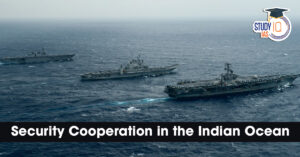 Security Cooperation in the Indian Ocean...
Security Cooperation in the Indian Ocean...
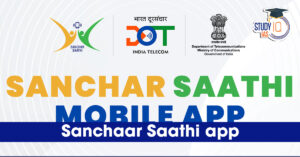 Sanchar Saathi App: Features, Mandate U-...
Sanchar Saathi App: Features, Mandate U-...
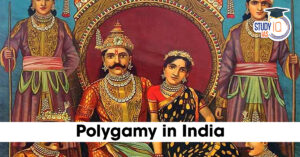 Polygamy in India 2025: Full Ban List, L...
Polygamy in India 2025: Full Ban List, L...

